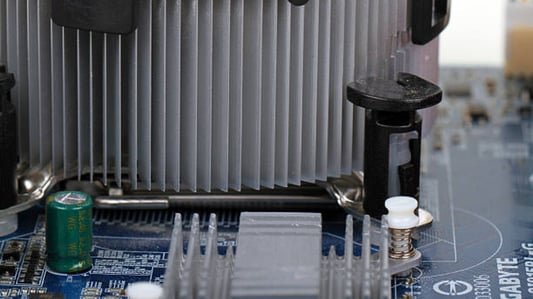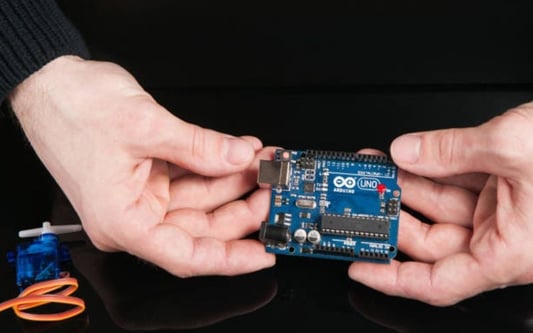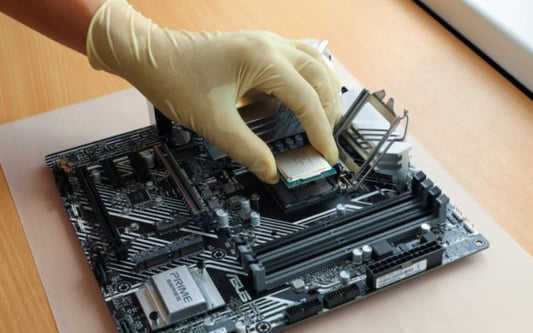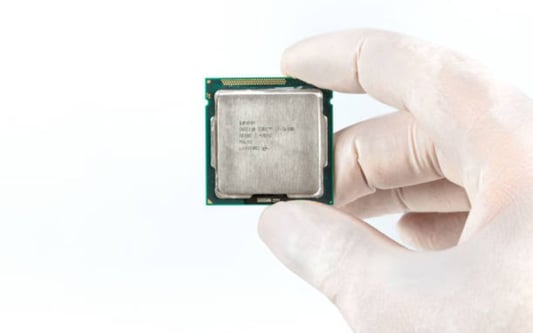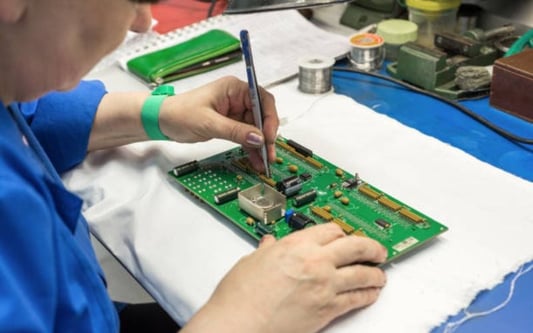What is a Fin Heat Sink?A fin heat sink is a passive heat exchanger that helps dissipate heat from a hot surface into the surrounding environment. It is commonly used in electronic devices to prevent overheating and ensure optimal performance.How Does a Fin Heat Sink Work?Fins are the main component of a fin heat sink. They increase the surface area of the heat sink, allowing more heat to be transferred to the surrounding air through convection. As the air passes over the fins, it absorbs the heat and carries it away, cooling the device.Types of Fin Heat SinksThere are various types of fin heat sinks, including extruded, stamped, bonded, and skived fins. Each type has its own unique design and application, depending on the specific requirements of the device and the amount of heat that needs to be dissipated.Benefits of Using Fin Heat SinksFin heat sinks offer several advantages, including efficient heat dissipation, compact size, lightweight design, and cost-effectiveness. They are easy to install and require minimal maintenance, making them ideal for a wide range of electronic devices.Factors to Consider When Choosing a Fin Heat SinkWhen selecting a fin heat sink, it is important to consider factors such as the thermal conductivity of the material, the size and shape of the fins, the airflow in the device, and the operating temperature range. By choosing the right heat sink, you can enhance the cooling efficiency of your device.Applications of Fin Heat SinksFin heat sinks are used in a variety of electronic devices, including computers, smartphones, LED lights, power supplies, and automotive components. They play a crucial role in maintaining the optimal temperature of these devices and ensuring their long-term reliability.Design Considerations for Fin Heat SinksWhen designing a fin heat sink, engineers must consider factors such as the thermal resistance of the fins, the spacing between the fins, the number of fins, and the material of the heat sink. By optimizing these parameters, they can create a highly efficient cooling solution.Advancements in Fin Heat Sink TechnologyWith advancements in material science and manufacturing processes, fin heat sink technology has evolved significantly in recent years. New materials such as graphene and advanced manufacturing techniques have led to more efficient and lightweight heat sinks.Challenges in Fin Heat Sink DesignOne of the main challenges in fin heat sink design is balancing the trade-offs between performance, size, cost, and weight. Engineers must find the optimal solution that meets the thermal requirements of the device while also considering other design constraints.Future Trends in Fin Heat Sink DevelopmentIn the future, we can expect to see further improvements in fin heat sink technology, such as the integration of heat pipes, the use of advanced cooling fluids, and the development of smart heat sink systems that can adapt to changing thermal conditions.Quote InquiryContact us!


